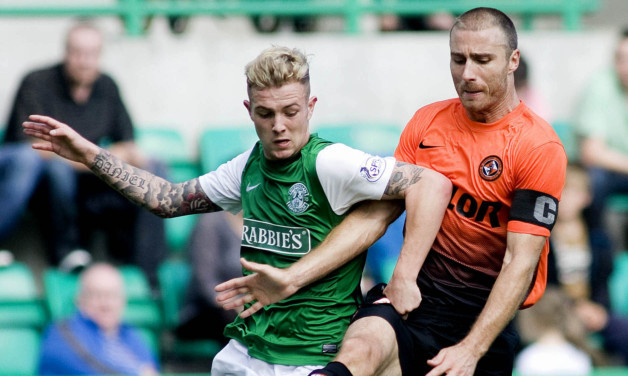A Scottish saleroom this week witnessed the auction of a burgh seal not seen by the public since the days of Cromwell.
The silver seal, for the burgh of Anstruther in Fife, dates back almost 400 years. Valued at £5000 to £7000 there was astonishment as, after a flurry of bidding, the item was snapped up for £38,700.
Colin Fraser, an expert with Lyon and Turnbull auctioneers in Edinbugh, said the seal had caused quite a stir when it arrived.
“It is a wonderful piece of silver, an exceptionally rare thing and it is important on so many levels,” he said.
Not only was the rare lot found to be the earliest example of a hallmarked Scottish silver seal to come to the market, it also offered historians a chance to finally see the burgh’s earliest known armorial shield.
The seal was last referred to in the family papers of a St Andrews lawyer in 1899, and has belonged in a private collection since. It is understood that, until recently, the vendor was unaware of the enormous significance of the piece.
Attached to a turned ebony baluster handle, the seal dated 1613-14 features the motto: “S’ COMUNE BVRGH DE ANSTREVTHER EISTER.”
Mr Fraser said: “This previously unrecorded armorial falls well before the first record taken of Scottish Burgh and Corporate seals in 1672 and is therefore the earliest representation of a burgh seal for the ‘Royal Burgh of Kilrenny, Anstruther Easter, Anstruther Wester.’
“The 1672 survey does record that arms had been used by the three burghs prior to 1672 but until now examples had failed to surface. The arms used on this piece are comparable to the later recorded examples but the exact placement and style is so far unique.”
Only one other marked pre-1700 Scottish silver seal has been recorded the Portsburgh seal by Andrew Dennistoun of Edinburgh 1648-1650.
Mr Fraser said it was hard to overestimate the significance of the Anstruther seal.
“It is believed to be made by Edinburgh maker David Milne whom we know about through documentary evidence but, until now, had seen nothing much by him,” he said.
The auction house admitted valuation of the seal had proved to be “virtually impossible.”
“Comparing items sold previously usually provides us with a good rule, but nothing like this was ever sold before,” Mr Fraser said. “To see a piece of pre-1620 provincial silver is almost unheard of.”
Despite some surface scratches and a replacement ebony handle dating from the George III era between 1790 and 1800 bidders fought to secure the seal. The buyer’s identity has not been released.
Anstruther-Easter is the smallest parish in Scotland. Its boundaries extend to five-and-a-quarter acres. It was made a royal burgh by special act of Parliament in 1583.
The connection between the Anstruther family and the burgh goes back further than the charter’s granting.
Records for the family begin to appear in the 12th century, with the first construction of the baronial Castle of Dreel outside the town.
